Document Type
Article
Publication Title
International Journal of Molecular Sciences
Publication Date
7-2015
Abstract/ Summary
Nearly a century has passed since Otto Warburg first observed high rates of aerobic glycolysis in a variety of tumor cell types and suggested that this phenomenon might be due to an impaired mitochondrial respiratory capacity in these cells. Subsequently, much has been written about the role of mitochondria in the initiation and/or progression of various forms of cancer, and the possibility of exploiting differences in mitochondrial structure and function between normal and malignant cells as targets for cancer chemotherapy. A number of mitochondria-targeted compounds have shown efficacy in selective cancer cell killing in pre-clinical and early clinical testing, including those that induce mitochondria permeability transition and apoptosis, metabolic inhibitors, and ROS regulators. To date, however, none has exhibited the standards for high selectivity and efficacy and low toxicity necessary to progress beyond phase III clinical trials and be used as a viable, single modality treatment option for human cancers. This review explores alternative treatment strategies that have been shown to enhance the efficacy and selectivity of mitochondria-targeted anticancer agents in vitro and in vivo, and may yet fulfill the clinical promise of exploiting the mitochondrion as a target for cancer chemotherapy.
Creative Commons License

This work is licensed under a Creative Commons Attribution 4.0 International License.

